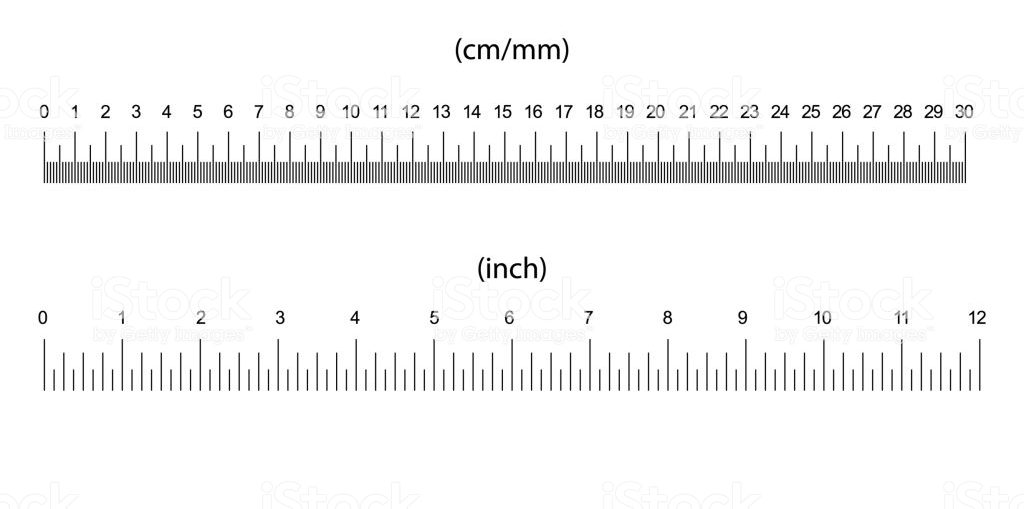

(Adjusted age is the age your baby would be if they had been born full term.) Age

Quick tip: For babies born prematurely, use their adjusted age rather than chronological age when you look up their numbers on this chart. The WHO charts are based on healthy growth patterns for breastfed children and are endorsed by the CDC and the American Academy of Pediatrics. The CDC recommends that healthcare providers use the WHO growth charts to monitor growth for infants and children ages 0 to 2 years, and use the CDC growth charts for those 2 years and older. Centers for Disease Control and Prevention (CDC) for children age 2 and older. The data in the charts below comes from the World Health Organization (WHO) for children younger than 2 and the U.S. Just when you start to wonder whether your child has grown enough lately, they may climb the charts! Keep in mind that babies and children have growth spurts, too – which means that growth isn't always a gradual, predictable process. Most babies also grow about 10 inches (25 cm) by their first birthday. By 4 months old, most babies have doubled their birth weight, and by 1 year, most have tripled it. Until 3 months old, most babies gain about an ounce each day. While most babies lose weight during the first few days of life, within a couple of weeks they're back to their birth weight. The average newborn is 19 1/2 inches (49.5 cm) long, with girls measuring 19.4 inches (49.2 cm) and boys measuring 19.7 inches (49.9 cm). Girls (at 7 pounds, 1 ounce/3.2 kg) are a bit smaller than boys (at 7 pounds 8 ounces/3.4 kg) on arrival. In the United States, the average baby weighs just over 7 pounds at birth.

Average baby weight and length chart by month Be sure to talk with the doctor if you have any concerns about your child's growth.įor more, personalized information about how your child compares to other children in size, and to track your child's height and weight over time, check out our child height and weight tracker. (They'll also measure your baby's head circumference, which provides information about their growing brain). The doctor will weigh and measure your child during each well-child visit to make sure their growth is on track. What's more important is that your child is growing steadily. If so, don't worry – it doesn't mean there's anything wrong.Ĭhildren grow at different rates, and it's normal for weight and height to vary significantly between kids of the same age. It's likely your child's weight and height are higher or lower than the average. The numbers in these charts are just a benchmark. The charts below give you an idea of how your child's weight and height (or length, for babies) compare to the average weight and height of kids in their age group. Lots of parents wonder whether their child is bigger or smaller than other kids their age.


 0 kommentar(er)
0 kommentar(er)
